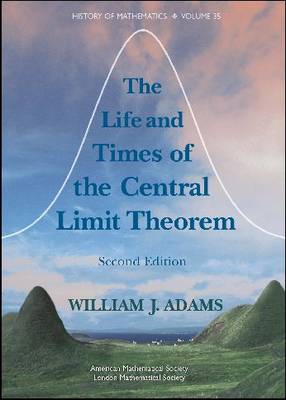History of Mathematics
1 total work
The name Central Limit Theorem covers a wide variety of results involving the determination of necessary and sufficient conditions under which sums of independent random variables, suitably standardized, have cumulative distribution functions close to the Gaussian distribution. As the name Central Limit Theorem suggests, it is a centerpiece of probability theory which also carries over to statistics. Part One of ""The Life and Times of the Central Limit Theorem, Second Edition"" traces its fascinating history from seeds sown by Jacob Bernoulli to use of integrals of exp(x2) as an approximation tool, the development of the theory of errors of observation, problems in mathematical astronomy, the emergence of the hypothesis of elementary errors, the fundamental work of Laplace, and the emergence of an abstract Central Limit Theorem through the work of Chebyshev, Markov and Lyapunov. This closes the classical period of the life of the Central Limit Theorem, 1713-1901. The second part of the book includes papers by Feller and Le Cam, as well as comments by Doob, Trotter, and Pollard, describing the modern history of the Central Limit Theorem (1920-1937), in particular through contributions of Lindeberg, Cramer, Levy, and Feller. The Appendix to the book contains four fundamental papers by Lyapunov on the Central Limit Theorem, made available in English for the first time.
